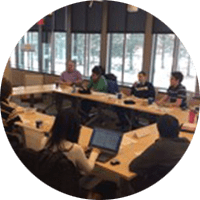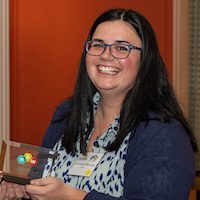
What do Nuclear Engineers and Radiological Scientists do?
You may have predicted that we are responsible for the development and maintenance of nuclear reactors, but we’re also doing vastly different, incredible things: performing and maximizing the success of nuclear fusion to be a sustainable energy source; studying the effect of radiation on materials and on the human body to improve patient care and worker safety; using plasma to purify water; and protecting regular people like you and me from the threat of nuclear weapons.

 Michigan Engineering | University of Michigan
Michigan Engineering | University of Michigan 






















